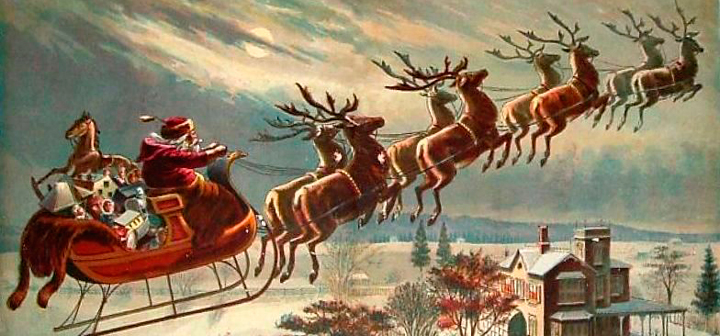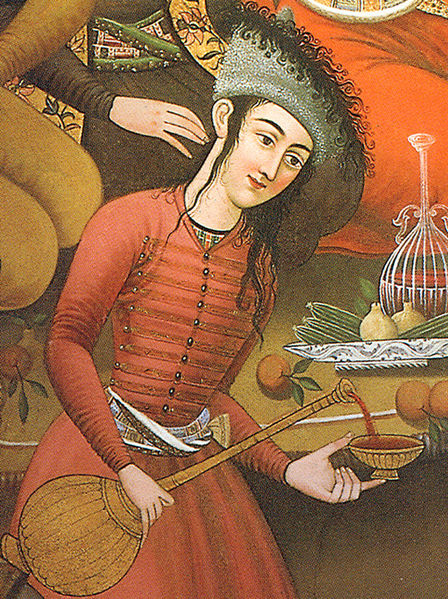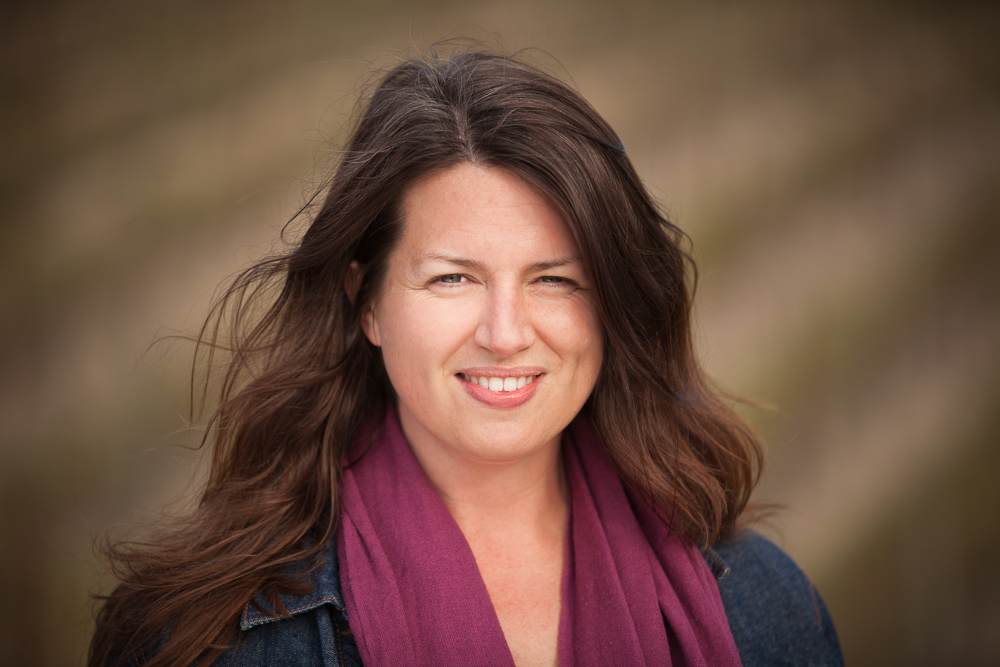
Editor's Note: Vardo in the Vineyard is a series following Amy Tsaykel's life as she resides in an RV parked atop a vineyard in Sonoma County.
“Disbelief in magic can force a poor soul into believing in government and business.” - Tom Robbins
'Tis the season to tell far-fetched stories. Holiday legends number too many to count: an elderly gentleman flying across the sky in a suped-up sled; a ruthless horned beast named Krampus; and (my personal favorite) the flesh-eating “yule cat,” Jólakötturinn, that has terrified Iceland for centuries. What good are tall tales, anyway?
At some point in life, we are each instructed that there is fantasy and reality. We’re told to pick a side. I was eight years old and on a holiday road trip when a trucker on a CB radio — remember those? — gently told me there was no Santa Claus. My epiphany was broadcast across the airwaves of north Georgia. I laughed off my disappointment. But something was certainly lost.
In the world of wine, myths and legends pervade. Many have been debunked, although usually via blog or magazine rather than CB radio. Historians seem to take sadistic pleasure in shaking us from our wine-soaked dreams, saying, “Wake up, this isn’t real.” Pfft. Sure... but reality is only so useful.
 One of the oldest wine myths traces back to Persia, and tells us wine was discovered by accident. A heartbroken girl, despondent over her rejection by the king, attempted suicide by drinking the spoiled juice left by rotting table grapes. Rather than being poisoned, she instead fell into a stupor and passed out until morning, awakening with a renewed appreciation for life.
One of the oldest wine myths traces back to Persia, and tells us wine was discovered by accident. A heartbroken girl, despondent over her rejection by the king, attempted suicide by drinking the spoiled juice left by rotting table grapes. Rather than being poisoned, she instead fell into a stupor and passed out until morning, awakening with a renewed appreciation for life.
Right: Mey being poured in a Safavid court painting, 17th century Isfahan. (Wikimedia)
Nowadays, wine and food figure prominently into Iranian art and literature, most notably depicted by the internationally celebrated poet Hafiz. If story can inspire art, wine, and perhaps even life, then are we better off suspending disbelief?
Many have heard the legend of the discovery of Champagne: Benedictine monk Dom Pérignon was supposedly hanging out in the monastery when he figured out how to make bubbly. The monk, who was blind and couldn’t see the bubbles, instead felt their effervescence vibrantly in his mouth. “Come quickly!” he said, “I am drinking the stars!”
If we believe this story, then we might call Dom Pérignon the Santa Claus of Champagne. Yet there is no Santa — sorry, kids — the fairy tale was whipped up by advertisers of the 19th century to sell more bubbly. Yes, I feel played, but beautifully so. Had it not been for imaginative marketers, sparkling wine might never have become so popular, and we all might have missed out the action. So I’m grateful for this myth and all it’s inspired.
Never mind the wine, let’s talk about those glasses. Legend has it that Marie Antoinette had the first Champagne coupe cast from her left breast. She wasn’t the first woman to immortalize her body in this way: Helen of Troy legendarily cast her breasts as drinking vessels, as did supermodel Kate Moss.
Wine is inherently sexy, but far more so when its history is embroidered with such saucy details. A writer at Eater.com unflinchingly obliterated the myth of the boob-cup.” In light of diligent fact checking — by a trucker, historian, or fellow oenophile — we have a choice. We can kiss the fantasy goodbye, or we can consider that the fantasy offers truth, too. Personally, I enjoy my bubbly even more when I consider what stories (true or false) it has inspired about powerful women.
A different type of power is mythologized in Turckheim, an unusually sunny part of Alsace that is home of “the Brand” Grand Cru. According to the official visitors bureau:
A long time ago as the Rhine Valley was a wide lake a dragon lost its way along the shores around the place called Turckheim nowadays. The sun heat warmed the dragon so much that its blood spurted out of its body. The beast barely reached a cave where it died.
Thousands of years later a winegrower planted vines in the place said to be where the dragon had lost its blood. This place was bathed and warmed up by the sun and he obtained a wine full of vitality and fire. The site is still called “Dragonloch” (dragonhole) and “Brand” (blessed by fire).
Wines from “the Brand” are some of the most coveted in France. Does its myth hurt anyone? It seems the myth actually helps relay the character of a distinctive land.
“We tell ourselves stories in order to live,” Joan Didion famously reminds us in The White Album. “We interpret what we see, select the most workable of the multiple choices
One Christmas Eve, when my kid brother Daniel was five years old, our family stood in the driveway looking at the stars. Daniel was scanning the sky for Santa’s sled. Suddenly tears sprang to his eyes and he pointed, “Hey! Hey! It’s the star of Bethlehem! I saw it!”
For a spark of a moment, we all believed. To this day, my whole family remembers when a child’s fierce belief transformed us. I like to consider that moment when I’m looking for bright spots in a dark sky.
Believe.











